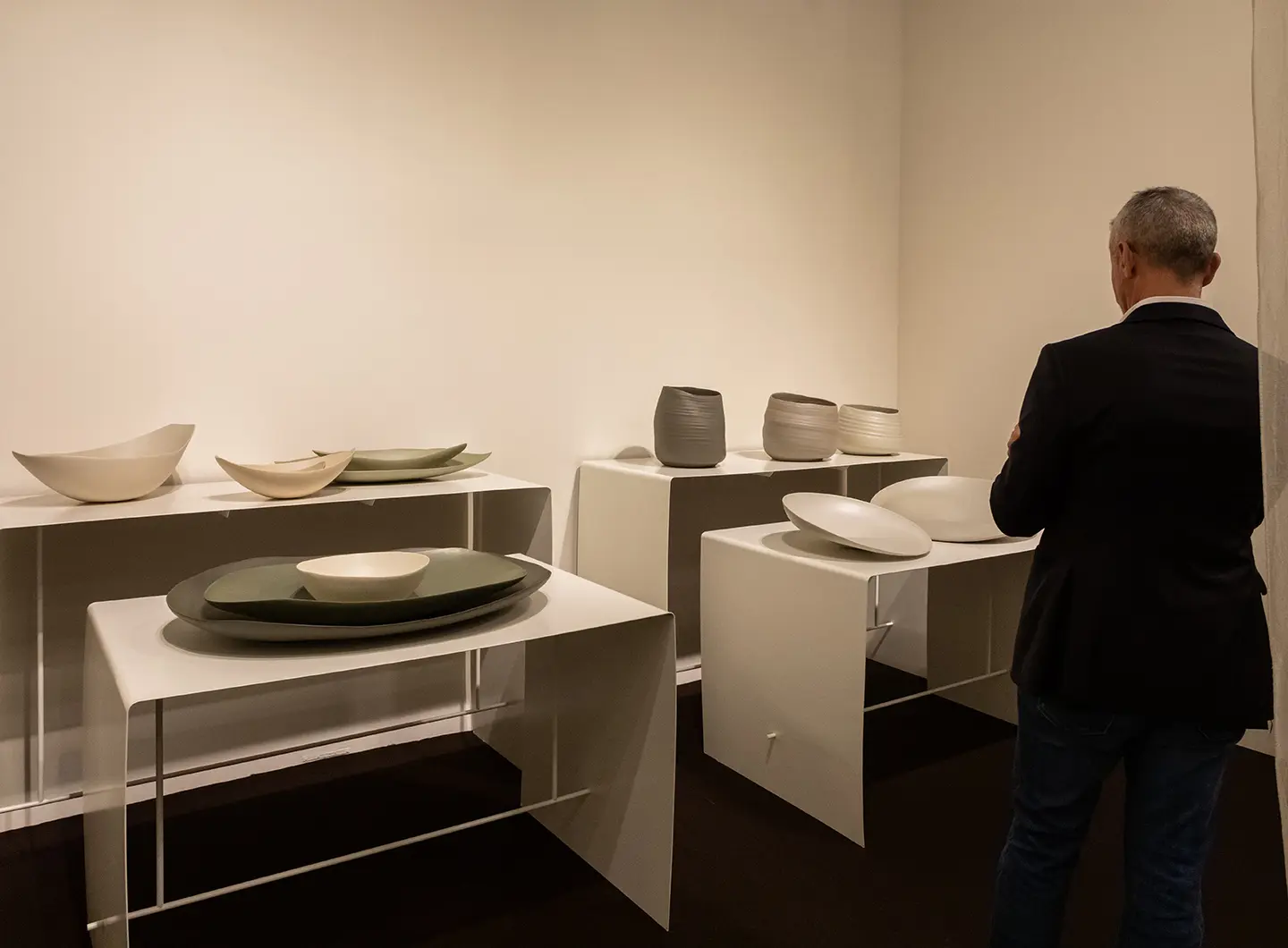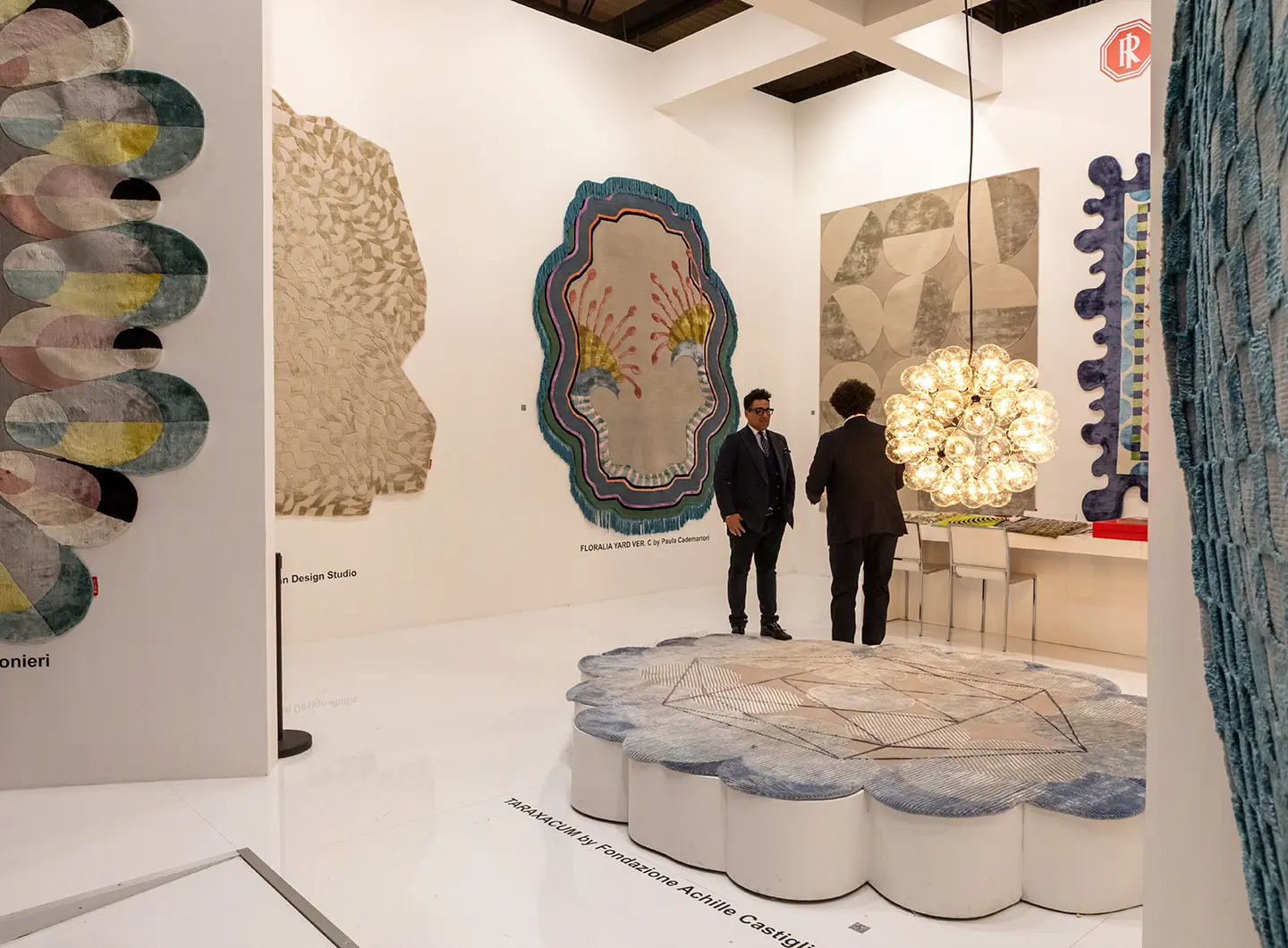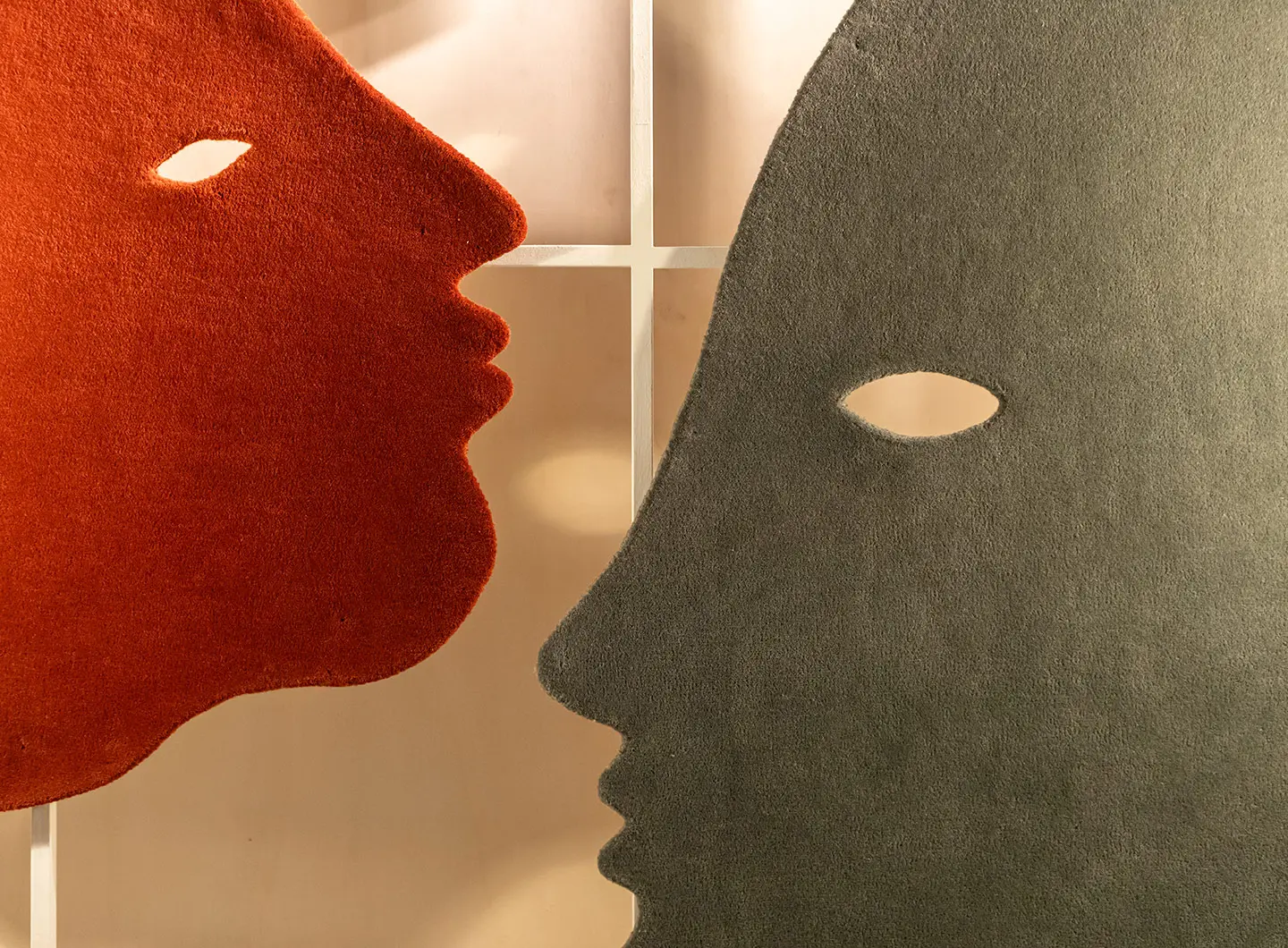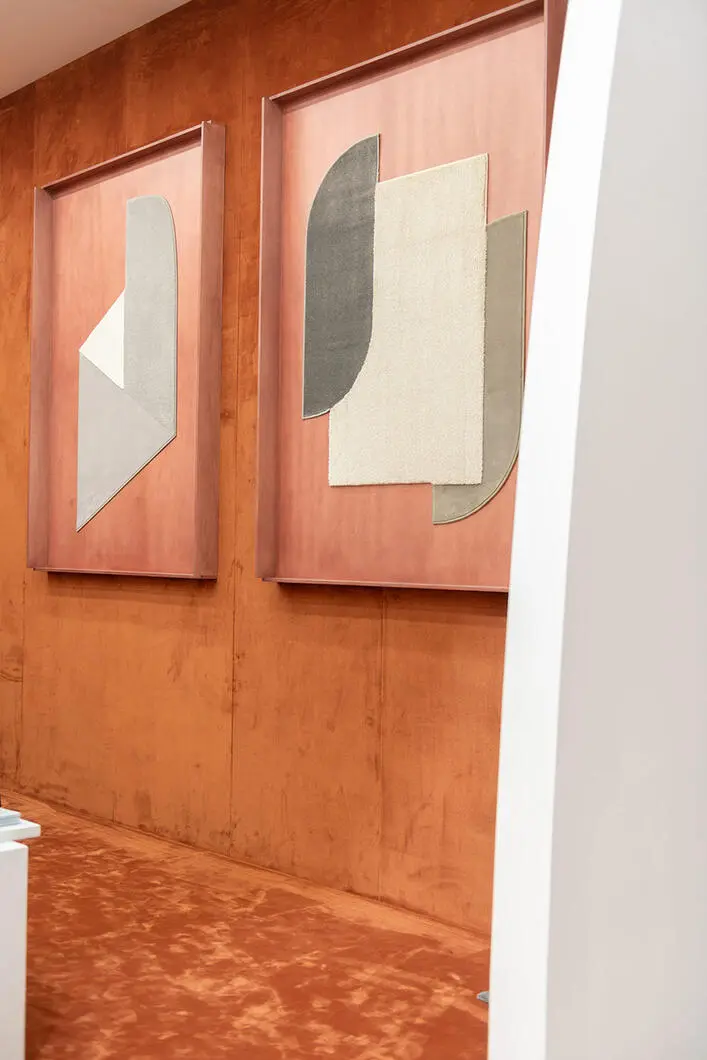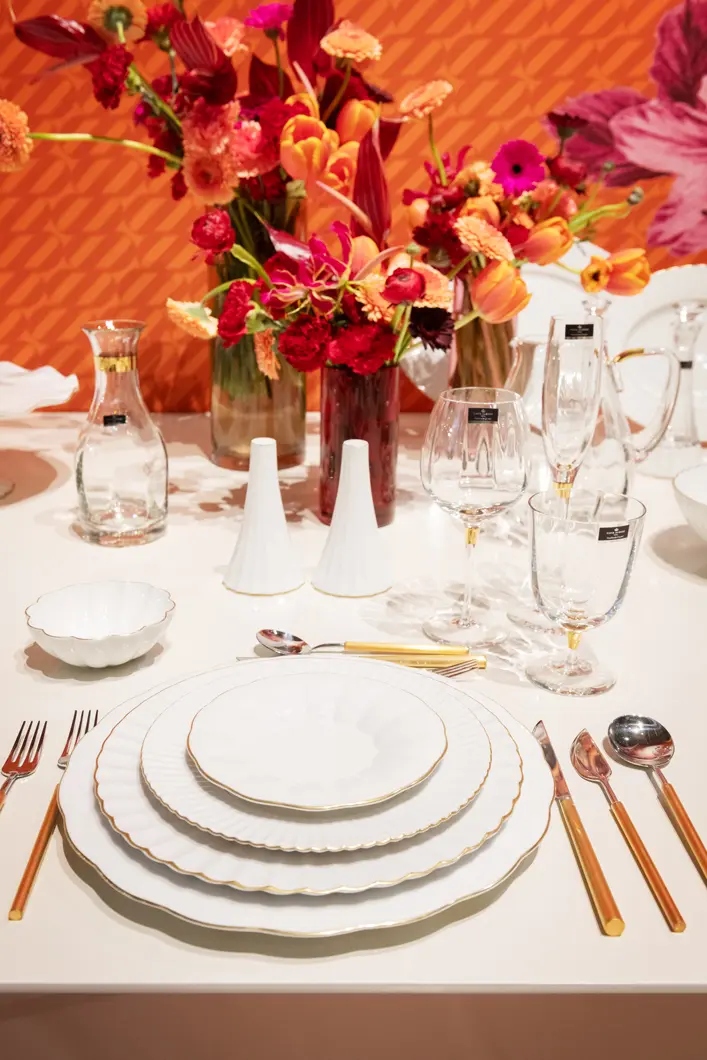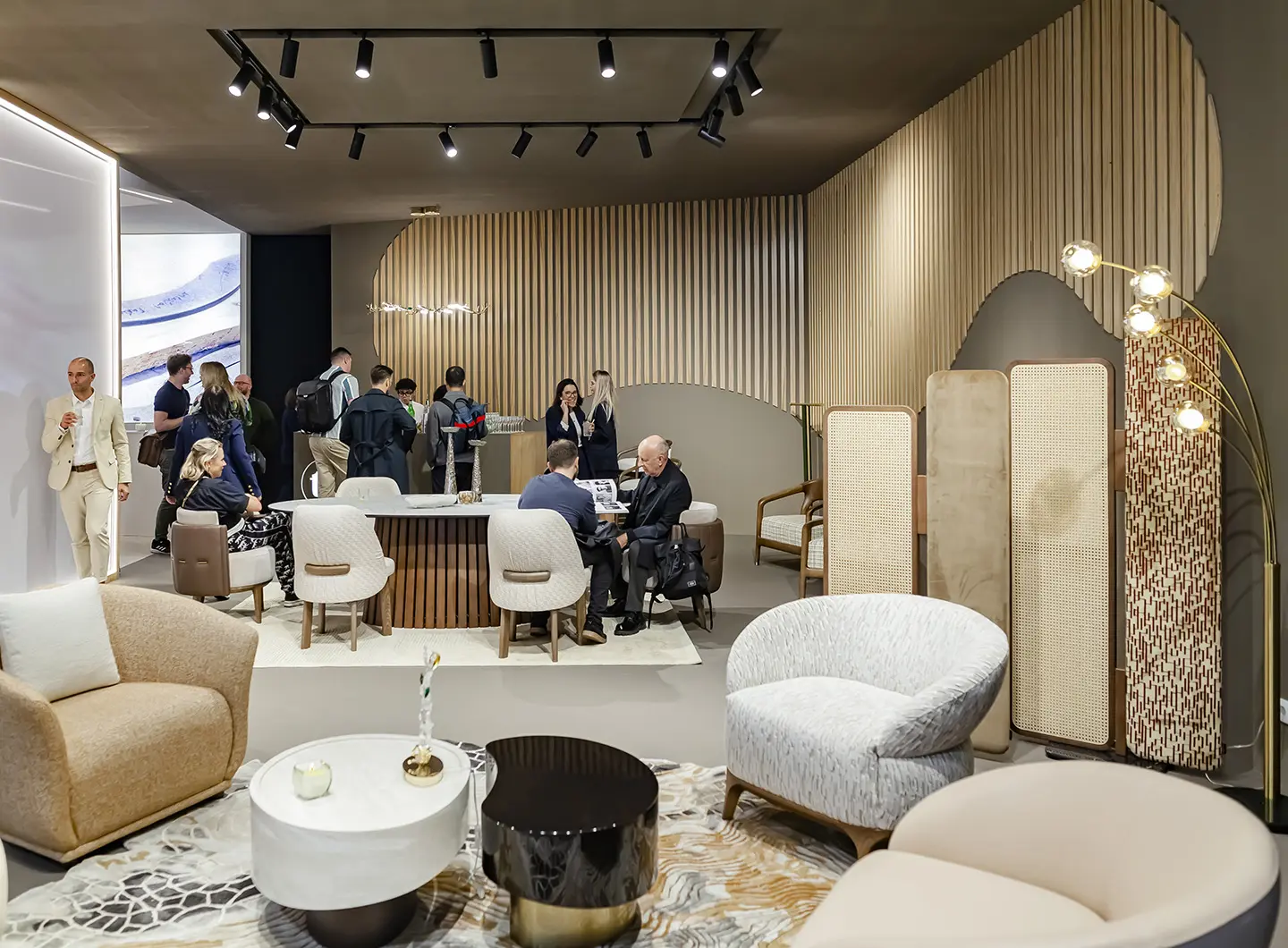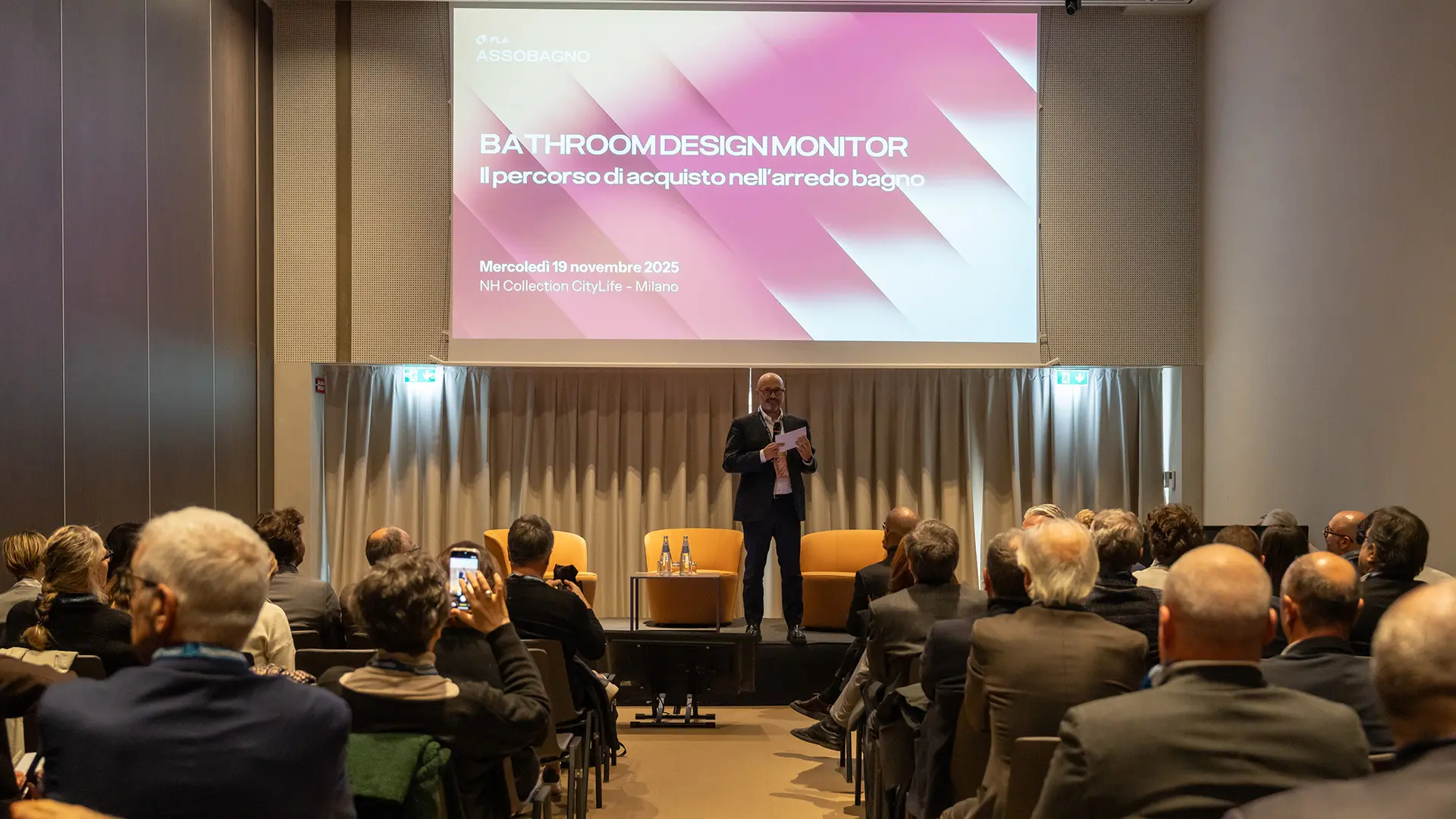The survey conducted by NIQ-GfK Italia for Assobagno di FederlegnoArredo examined 3,000 consumers in Italy, France and Germany. The data confirm the centrality of the bathroom and highlight some (pleasant) surprises
Vases, carpets, plates, screens: the barometer of decoration
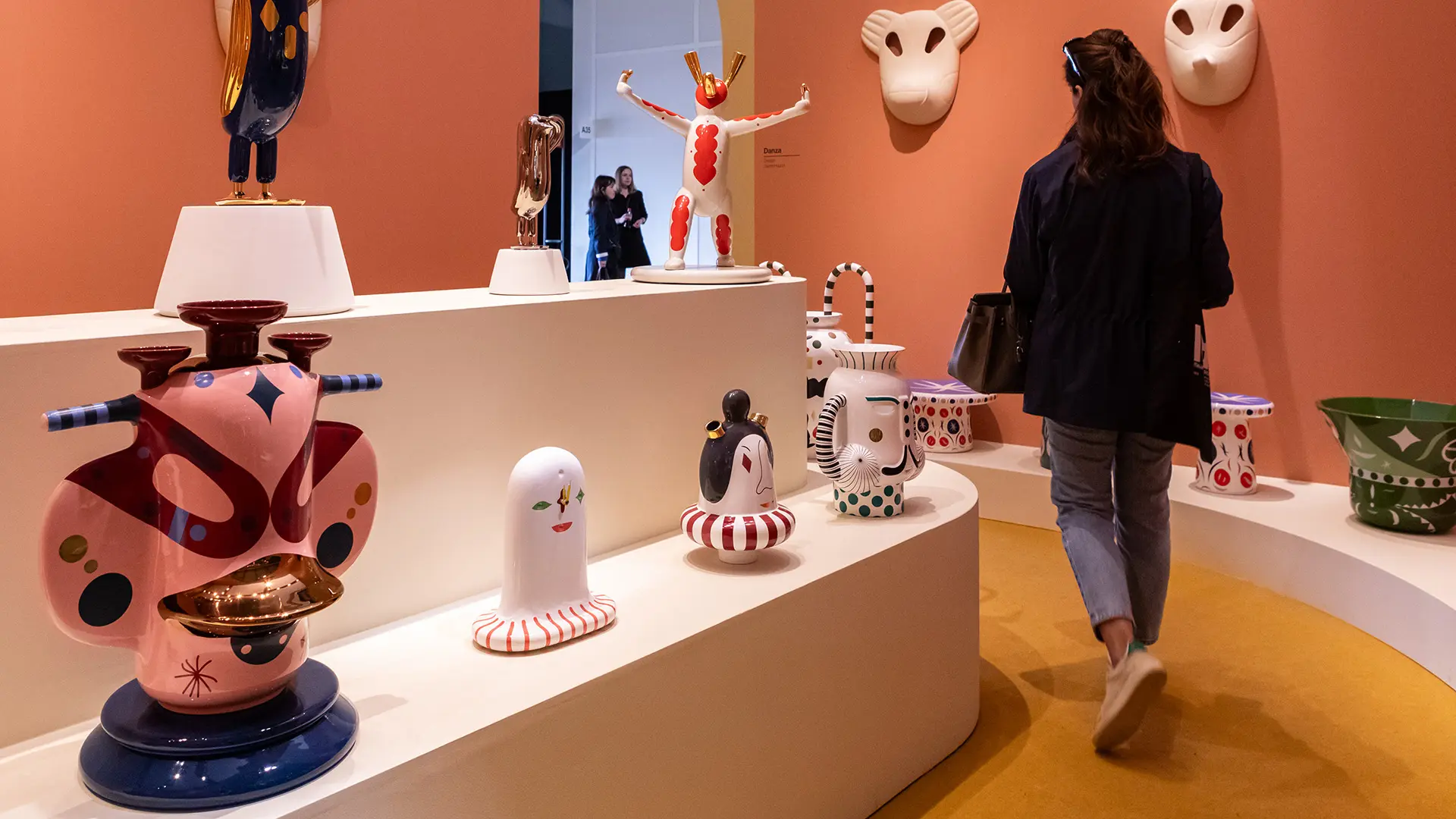
Bosa - Ph. Andrea Mariani
The latest edition of the Salone del Mobile.Milano confirmed the trend towards ornamentation, marking out contemporary living spaces. Celebrating its buzz in the name of expressive freedom.
The temperature of a home - as expressed by its nature and character - is often conferred by the choice of objects dotted around it. Freed from those functional constraints that impose an extra pinch of logic and reasoning on furniture, furnishing accessories can give free rein to the decorative imagination, proving to be a sensitive indicator of the emotional impulse of those who inhabit a space. After all, what better way to tell the story of who we are than through an object called upon only to express an attitude, an ideal of taste and beauty - and what better way to state, precisely through objects, that this is the home that belongs to us, and that this is the way we have decided to mark out our territory?
There have been periods of great passion as well as strong antipathy towards decoration in the history of design – as Adolf Loos said in his 1908 essay, “Ornament is crime.” More recently, however, designers and the public seem inclined to welcome a return to a more pronounced decorativism, or even a maximalist look. An inclination that the Salone del Mobile.Milano noted among the proposals spotted at its latest edition, where formal articulation, figurative temptation, and combinations of textures and coverings emerged as the symptom of huge research, played out through crosscutting typologies, materials, techniques and reinterpretations.
Ceramic, which is enjoying a period of successful rediscovery, demonstrated the great versatility of its expressive potential. Bosa, a historic brand from Bassano del Grappa, launched the Danza Collection at the trade fair, a paen to the joyful lightness of design and the never entirely predictable use of colour. It was designed by one of the brand’s long-time collaborators, the Spanish designer Jaime Hayon, who celebrates the 25th anniversary of his lengthy association with the Italian brand, always expressed by drawing on the joyful reinvention of form. On the other hand, form as movement is interpreted in the creations of Rina Menardi, a Venetian ceramist whose apparent formal sobriety is enlivened by a plastic tension, a “breeze” that captures and moves the volume of her vases, offering the prospect of new balances, new points of support and new possibilities of appreciation.
There were also some lively interpretations on the carpet front, ranging from essential figurative visions to conceptual celebrations of great design masterpieces. The Achille Castiglioni Foundation, custodian of the design legacy of the Milanese master, has come up with a subtle revisitation. In partnership with the Illulian carpet brand, the famous Taraxacum lamp of 1988 has undergone a two-dimensional revisitation: the carpet, made entirely by hand, reproduces the design of the chandelier, emphasising the presence of the large luminous bulbs, a supreme magnification of their beauty. In terms of decoration, their juxtaposition works really well. Indeed, it was Achille Castiglioni who always raved as much about the formal genius of the light bulb as he did about the ability of objects to keep us company, accompanying us with their affectionate presence in our daily lives.
The new carpet designed by Jaime Hayon for Nanimarquina, a Spanish brand with which he has been collaborating for some time, is shaped like a metaphysical face. Handmade, using wool from New Zealand, the Talk Talk collection aims to be a symbol of the dialogue between art and design, employing warm saturated solid colours to impart an essential vibrancy to the home. At Besana Carpet Lab, the chromatic contrast between complementary colours is seen again in the perimeter of the irregularly-shaped Dune rug, which experiments with the use of a neutral balancing colour, achieving a look resembling an abstract painting.
In Portugal, the Vista Alegre brand has launched a collection to celebrate a huge milestone: the 200th anniversary of the company, which was founded in 1824 and established from the outset as a Real Fábrica, a royal porcelain factory. The 200 Anos range, which comprises a full set of tableware, celebrates the elegance of white porcelain, embellished with a single touch of magnificence - the gold outline around the rim. Rounding off the overview, but still in Portugal, the screen appears to be enjoying a contemporary revival.
The Portuguese brand Sentta has rethought it in a mix of different textures: in the collection designed by Aitor Garcia de Vicuña, the Carson Screens play on the perpendicularity between the surface of the screen and the floor surface, conferring a distinct and material presence that nonetheless respects the taste for discretion and sobriety.
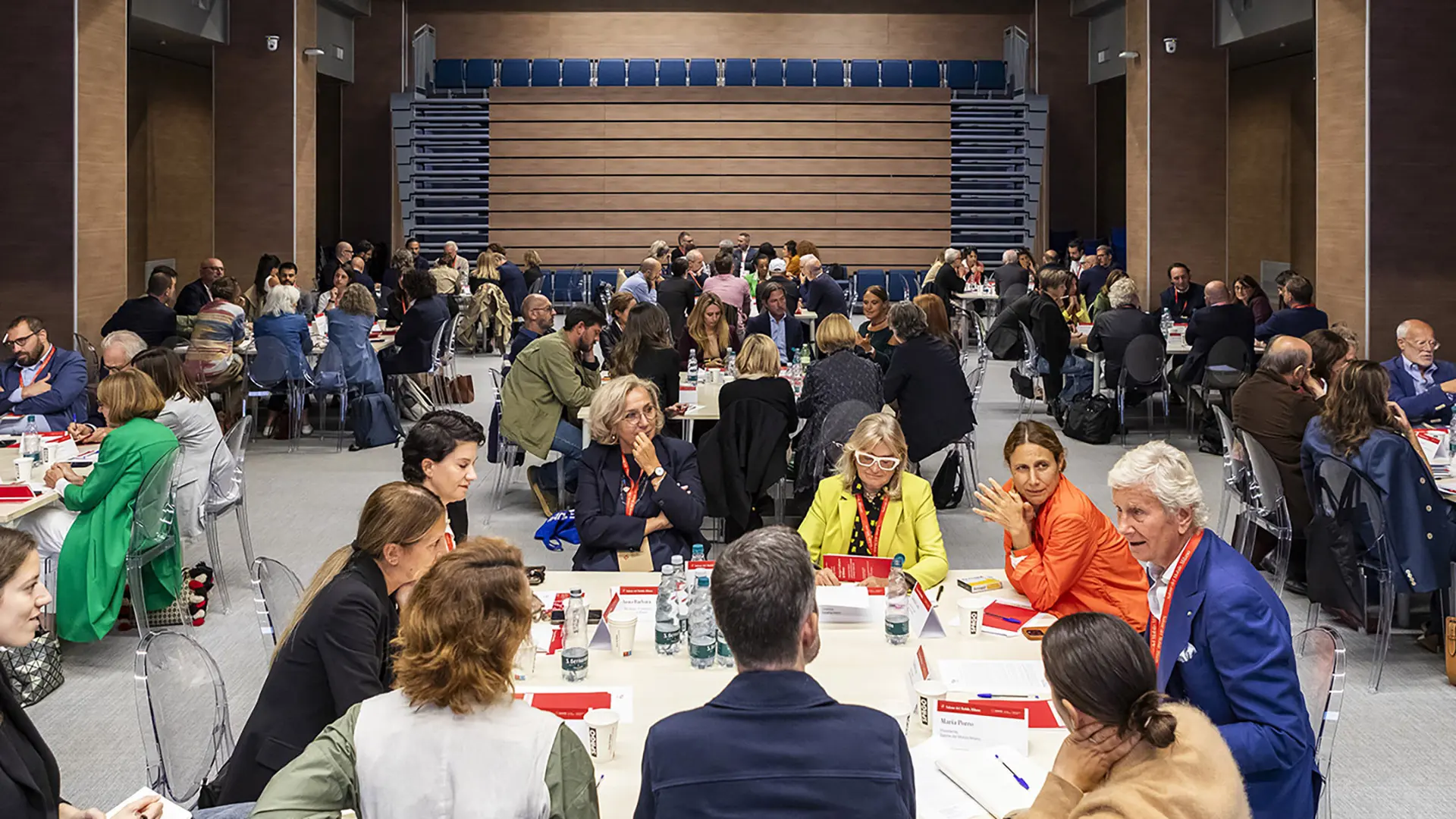
An account of the Roundtables at the Milan Design (Eco) System 2025
Ten Thematic Tables, ten Content Leaders, with over a hundred stakeholders taking part. This was the 2025 edition of the encounter devoted to the research project measuring the impact and legacy of the Salone del Mobile and the events across the city

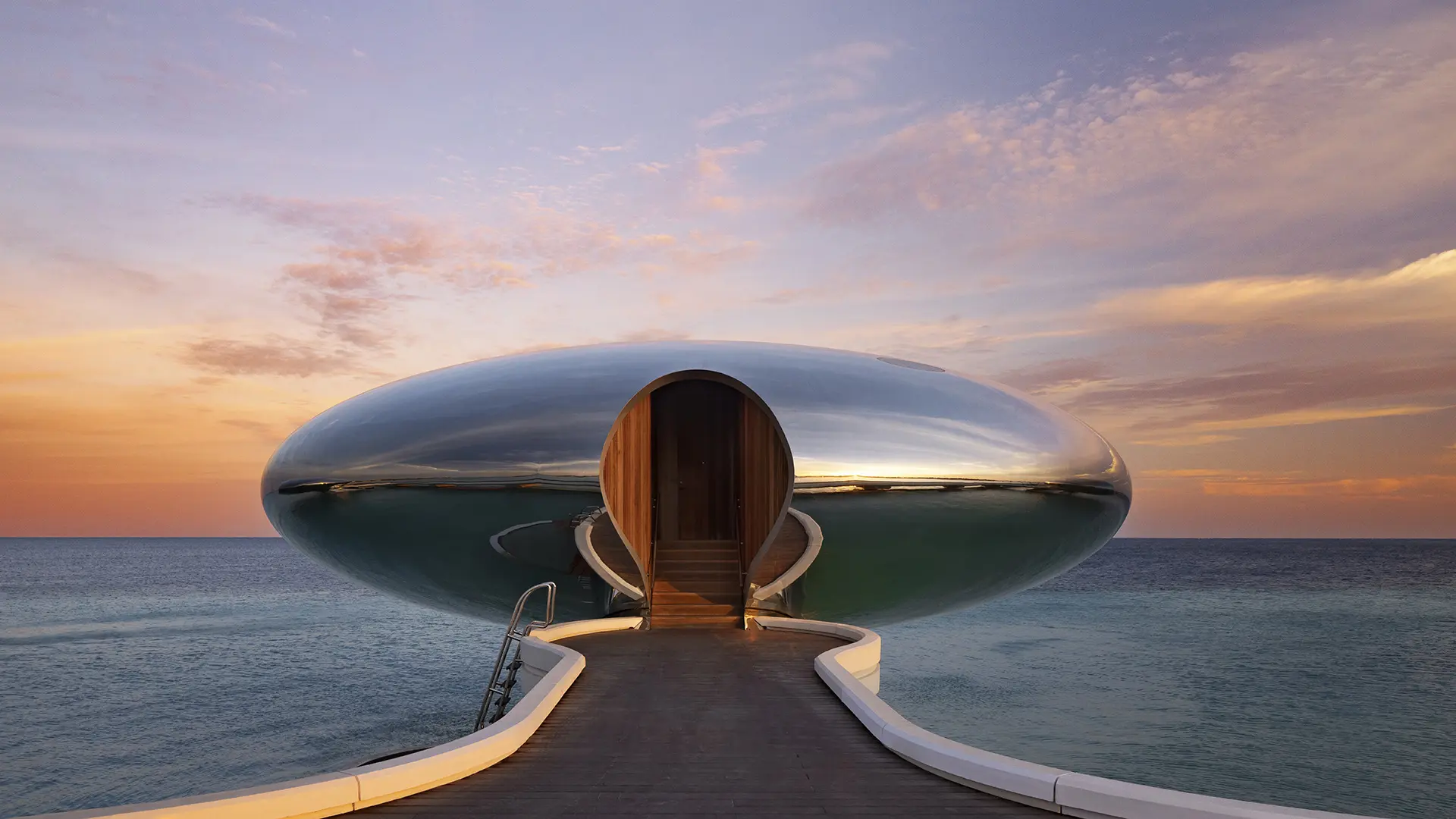
Luxurious and sustainable: the most iconic design hotels (already open or under construction) in Saudi Arabia
Saudi Arabia has come a long way from being a mainly oil-focused economy to being a new experiential tourism destination. A number of international starchitects have contributed to this paradigm shift, called upon to design spectacular hotels and resorts by the sea or in historic locations



 Exhibitions
Exhibitions
